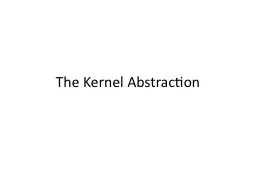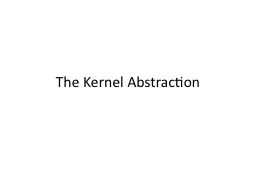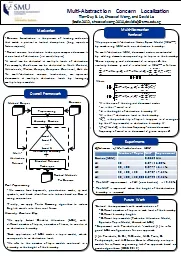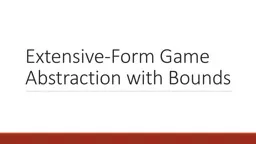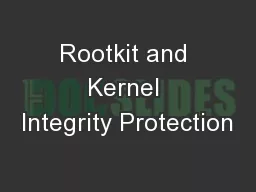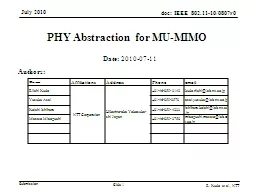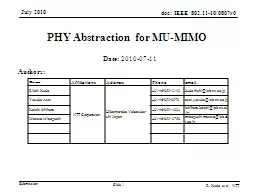PPT-The Kernel Abstraction
Author : alexa-scheidler | Published Date : 2016-11-11
Debugging as Engineering Much of your time in this course will be spent debugging In industry 50 of software dev is debugging Even more for kernel development How
Presentation Embed Code
Download Presentation
Download Presentation The PPT/PDF document "The Kernel Abstraction" is the property of its rightful owner. Permission is granted to download and print the materials on this website for personal, non-commercial use only, and to display it on your personal computer provided you do not modify the materials and that you retain all copyright notices contained in the materials. By downloading content from our website, you accept the terms of this agreement.
The Kernel Abstraction: Transcript
Download Rules Of Document
"The Kernel Abstraction"The content belongs to its owner. You may download and print it for personal use, without modification, and keep all copyright notices. By downloading, you agree to these terms.
Related Documents

